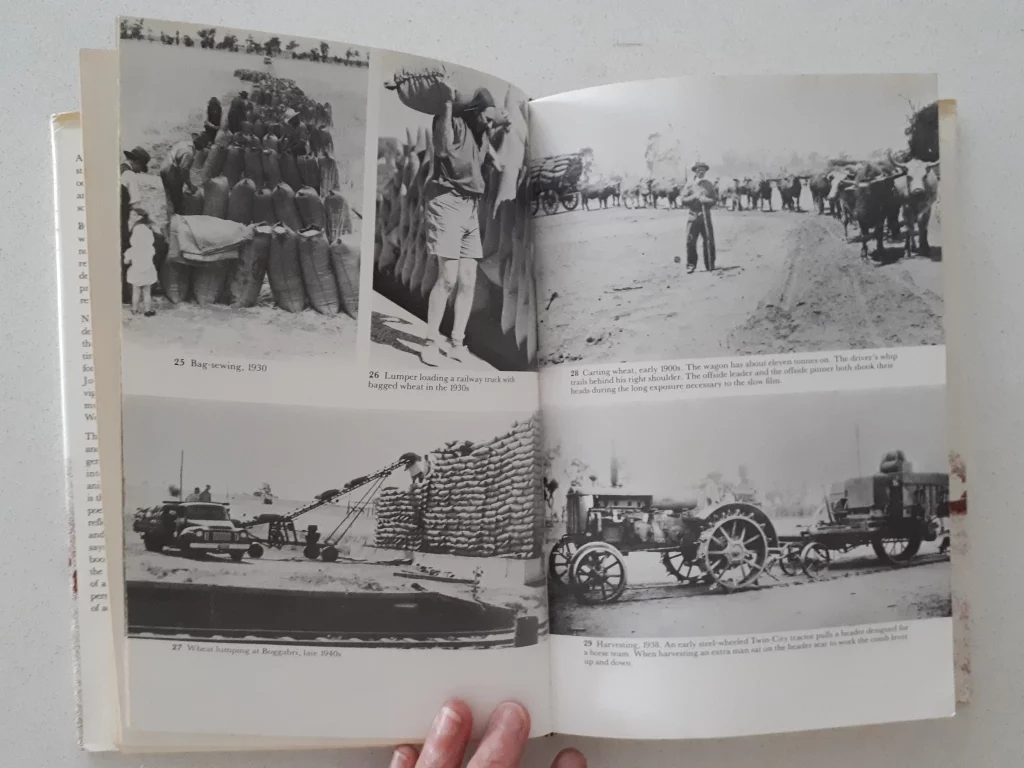The Dutch Lubbs family came to Australia via South America. They were one of the pioneering families who settled in the Pilliga Forest, sometimes known as the Pilliga Scrub, constitute over 5,000 km2 of semi-arid woodland in temperate north-central New South Wales. They settled at Upper Cumble (ed. couldn’t find where that is). During the clearing of the land they had to face that the bush grew back again behind their backs.
According to the book: “A Million Wild Acres” by Eric Rolls, they arrived in the area in the 1860s and only through extremely hard work they established a successful grazing operation.
The Lubbs, like other settlers in the area, faced numerous challenges. Farming in the Lachlan Valley was extremely challenging due to the area’s harsh climate and unpredictable weather patterns. The region was prone to droughts, floods, and bushfires, which made it difficult for farmers to grow crops and raise livestock. The Lubbs farmed their land “with a wooden pole fitted with an iron share at one end and handles and two sliding props to keep it at the right angle at the other.”
During droughts, farmers would often have to travel long distances to find water for their animals, and many struggled to keep their farms operating during extended dry spells. Floods were also a major concern, as heavy rains could cause the rivers and creeks to overflow its banks, destroying crops and damaging infrastructure.
In addition to the challenges posed by the climate, farmers also had to contend with pests and diseases that could decimate their crops or livestock. Rabbits, in particular, were a major problem in the area, as they could destroy entire crops and were difficult to control.
Despite these difficulties, many farmers in the Lachlan Valley persevered and built successful farming operations. They often relied on their ingenuity and resourcefulness to adapt to the challenging conditions, using innovative techniques to conserve water, control pests, and improve soil fertility.
The book tells the story of the settlement and development through the experiences of several families, including the Lubbs. It provides a fascinating glimpse into the lives of these early settlers and the challenges they faced in carving out a new life in a rugged and unforgiving landscape.
It also mentions one of the sons Marcus Lubbs. “In the 1920s, he watered his garden – a third of a hectare – through 100 meters of wooden flumes sloping down from a scaffolding 7½ meters high. He dropped a bucket a thirteen-litre bucket on a rope in a well, hauled it up, tipped it dropped it again for hours”.
One can only imagine the sheer determination of this pioneering family.



